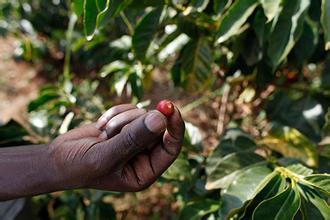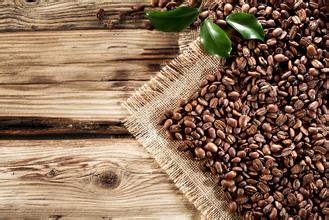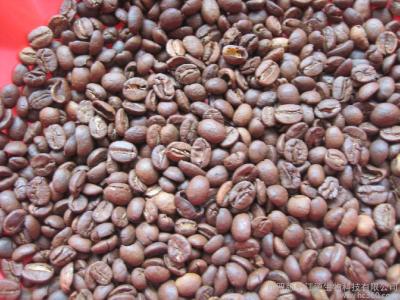Brief introduction of grinding scale for flavor description of Nicaraguan coffee beans
Https://www.gafei.com/nijialagua/2017010591918.html
High-quality Nicaraguan beans, such as Maragogipe, a very large coffee bean called elephant beans, are highly valued. This coffee has a well-balanced taste, without the distinct acidity that other Central American coffees often have, but it has a clear taste and excellent aroma. This round and soft texture also makes it a unique show in the more moderate evaluation of Guatemalan coffee and is loved by many people.
High-quality Nicaraguan coffee, grown in the north and middle of the country. Coffee is a pillar industry in Nicaragua, producing nearly 100,000 tons of coffee beans every year. Many people who have tasted Nicaraguan coffee usually think that it is no different from Salvadoran coffee or Honduran coffee. It is full-bodied, smooth and delicate, with a slightly bitter finish, like a faint taste in a wine.
The Cup of Excellence is the most esteemed award given out for specialty coffees. These awards come from a strict competition that selects the very best... The Cup of Excellence competition is selected by the Coffee Competition, an American non-profit organization. Such competitions will last for dozens of days, and only a very small number of coffee beans have been selected as the highest honor after being severely evaluated by coffee judges and world-class professional cup testers. Then organizers auction coffee beans to bidders around the world, and the competition is often fierce.
In the medium and deep baking degree, with a certain sweet, sour taste is not obvious, with a little chocolate and dried fruit taste, as the temperature decreases, the fruit acid can be felt, but it is still very mild. The taste is clean, but the mellowness and persistence in the mouth are lacking. It is suitable for people who don't like sour coffee, like balanced taste and sweet taste.
Unlike grapes, coffee cherries usually take three months to ripen. The harvest season in Nicaragua is from November to February, which is similar to the coffee harvest time in Yunnan.

Important Notice :
前街咖啡 FrontStreet Coffee has moved to new addredd:
FrontStreet Coffee Address: 315,Donghua East Road,GuangZhou
Tel:020 38364473
- Prev

Flavor description of Sidamo Lion King Coffee beans texture treatment Grinding scale
Flavor description of Sidamo Lion King Coffee beans the flavor of grinding scale is obtained from the process of sun treatment. In the process of turning a coffee fruit (Cherry) into a coffee raw bean (Green Bean), two different methods are commonly used: washing and tanning. Because the sun method is to put the coffee fruit there to dry, the beans have a more complete natural mellow flavor, and are brought by fermentation.
- Next

Panamanian Pokuit Flower Butterfly Coffee Bean Baking degree Flavor description method
Panamanian Pokuet Butterfly Coffee Bean roasting degree Flavor description treatment results: Apple, Potato, Maple syrup, Lemon Citrus, Coffee blossom, Roasted hazelnuts, Dark chocolate Fragrance (dry): jasmine, citrus, tea, honey Aroma (wet): berries, flowers, oil, vanilla, citrus F
Related
- Detailed explanation of Jadeite planting Land in Panamanian Jadeite Manor introduction to the grading system of Jadeite competitive bidding, Red bid, Green bid and Rose Summer
- Story of Coffee planting in Brenka region of Costa Rica Stonehenge Manor anaerobic heavy honey treatment of flavor mouth
- What's on the barrel of Blue Mountain Coffee beans?
- Can American coffee also pull flowers? How to use hot American style to pull out a good-looking pattern?
- Can you make a cold extract with coffee beans? What is the right proportion for cold-extracted coffee formula?
- Indonesian PWN Gold Mandrine Coffee Origin Features Flavor How to Chong? Mandolin coffee is American.
- A brief introduction to the flavor characteristics of Brazilian yellow bourbon coffee beans
- What is the effect of different water quality on the flavor of cold-extracted coffee? What kind of water is best for brewing coffee?
- Why do you think of Rose Summer whenever you mention Panamanian coffee?
- Introduction to the characteristics of authentic blue mountain coffee bean producing areas? What is the CIB Coffee Authority in Jamaica?

